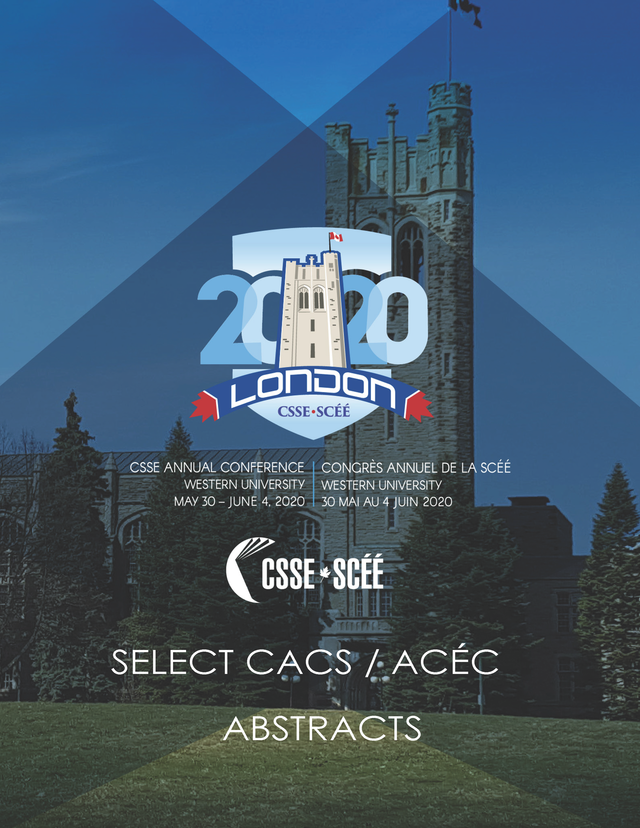Shifting Transliteracies in Elementary School: Understanding How Transliteracy Practices Contribute to Grade-3 Students’ Construction of Meaning
DOI :
https://doi.org/10.25071/1916-4467.40577Mots-clés :
transliteracy, multiliteracies, ethnographyRésumé
Situated within social constructivist understandings of multiliteracies, this eight-month ethnographic case study explored transliteracy practices in a Grade-3 classroom. The intention of this research was to learn how digital and multiliteracies support the ways in which children in elementary school construct meaning through transliteracy practices. Findings revealed that transliteracy, using both digital and analog technologies across modes, media, genres and platforms, is an effective lens to understand the shifting literacy practices of young 21st century learners. Transliteracy is described in relation to four literacy concepts: critical transliteracy, digital transliteracy, social transliteracy and disciplinary transliteracy. Understandings and implications of a transliteracy mindset are articulated in scholarship and pedagogy and by descriptive examples of transliteracy in the classroom. This study contributes to the growing conceptual understanding of transliteracy that supports the fluid nature of transliterate learning. It promotes the use of multiliteracies, student choice and opportunities to use more than one mode, device or platform simultaneously at school. Canadian students constantly face many choices in literacies; thus, being transliterate becomes significant to their literacy education.Téléchargements
Publié-e
2020-06-24
Comment citer
Filipek, J. (2020). Shifting Transliteracies in Elementary School: Understanding How Transliteracy Practices Contribute to Grade-3 Students’ Construction of Meaning. La Revue De l’association Canadienne Pour l’étude De Curriculum , 18(1), 105–106. https://doi.org/10.25071/1916-4467.40577
Numéro
Rubrique
Literacy and Language Arts
Licence

Copyright for work published in JCACS belongs to the authors. All work is licensed under a Creative Commons Attribution-ShareAlike 4.0 International license.


